Discover 8 hidden attractions, cool sights, and unusual things to do in Bingen (Germany). Don't miss out on these must-see attractions: Burg Klopp, Mäuseturm, and Basilika St. Martin. Also, be sure to include Trutzbingen in your itinerary.
Below, you can find the list of the most amazing places you should visit in Bingen (Rhineland-Palatinate).
Table of Contents
Burg Klopp
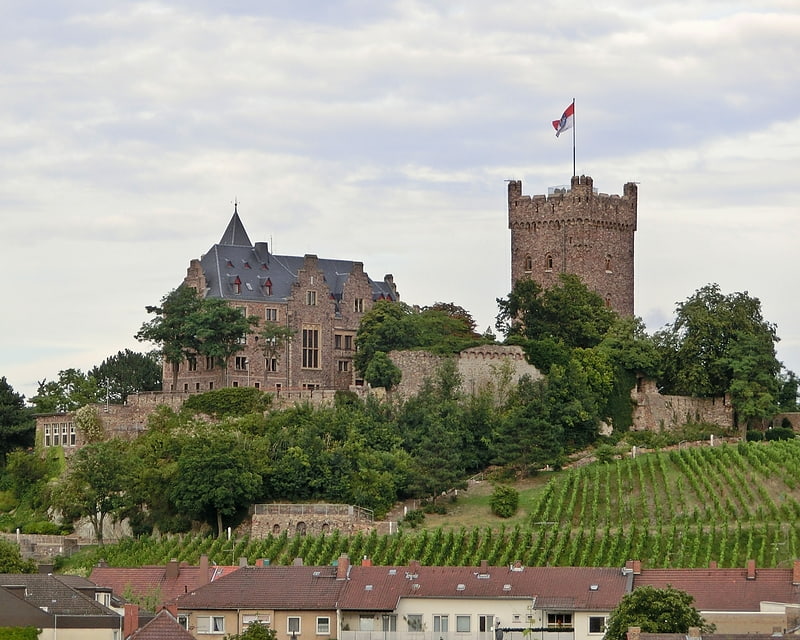
Castle in Bingen am Rhein, Germany. Klopp Castle is a castle in the town of Bingen am Rhein in the Upper Middle Rhine Valley in Rhineland-Palatinate, Germany. In the nineteenth century, the bergfried from the original medieval fortified castle was restored and a new building added which houses the town's administration.[1]
Address: Burg Klopp 1, 55411 Bingen am Rhein
Mäuseturm
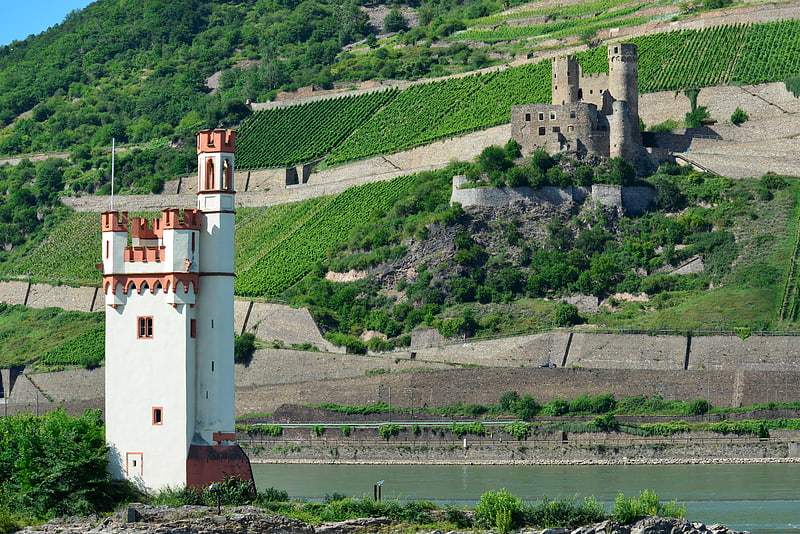
Waterfront fortress and ex-signal station. The Mouse Tower is a stone tower on a small island in the Rhine, outside Bingen am Rhein, Germany.[2]
Basilika St. Martin
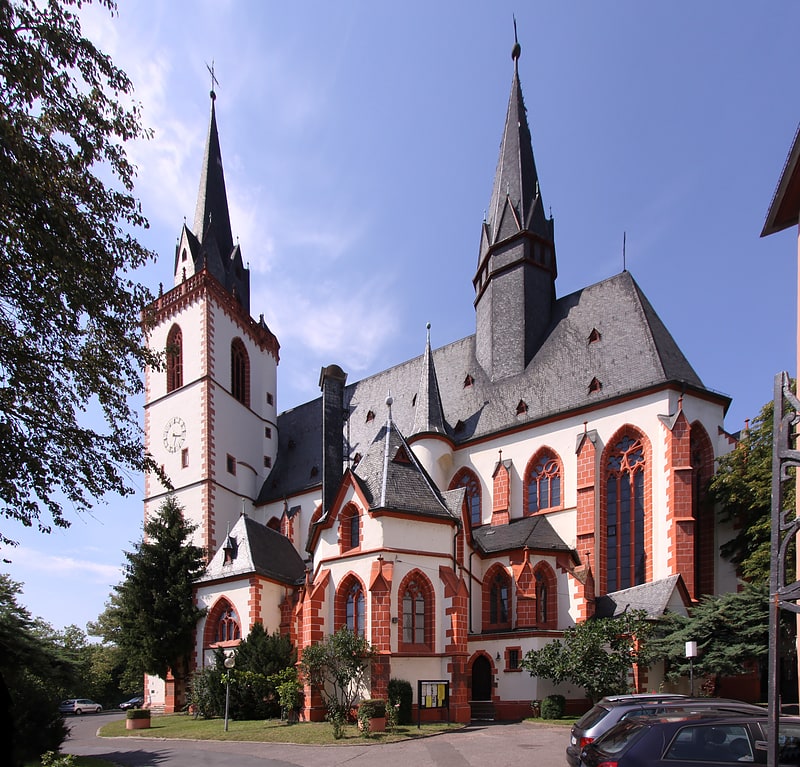
Basilica in Bingen am Rhein, Germany. The Basilica of St. Martin also called Bingen am Rhein Basilica Is the main catholic church of the city of Bingen am Rhein, in Rhineland-Palatinate in Germany.
The church is located on the bank of the Nahe. It was restored and renovated several times, so it is a fusion of different styles; Around 793 the crypt was built, which is one of the oldest crypts of Austrasia.
The church is dedicated to St. Martin of Tours, which is depicted above the main entrance and in many frescoes and the altarpiece.
In 1416 the church was enlarged and remodeled in accordance with the dictates of the Lombard Gothic style; In 1505 it is beautified with some works.
The church is a minor basilica since 1930.[3]
Address: Basilikastr. 1, 55411 Bingen am Rhein
Trutzbingen

Trutzbingen is the ruin of a round tower on the road leaving Münster-Sarmsheim in the direction of Bingen am Rhein It is the remnant of a tariff barrier, which was built in 1493. Only one half of the outer wall of the round tower remains. Since 2002, Trutzbingen is part of the UNESCO World Heritage Site Rhine Gorge.[4]
Alter Kran
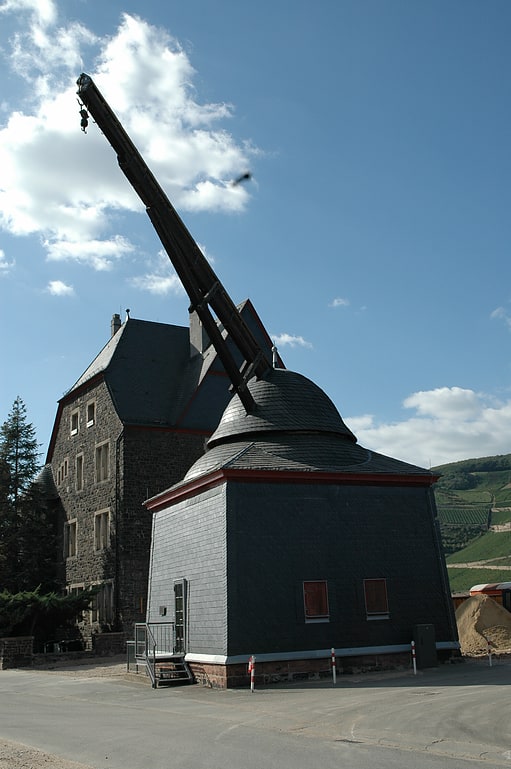
The Old Bingen Rhine Crane is a wooden tower treadle crane in Bingen on the Rhine dating from around 1787. The harbor crane with rotating jib and domed roof stands next to the former customs administration on the former harbor site.
The crane house (side length approx. 7 m, height of roof edge approx. 6 m) is a half-timbered construction made of oak beams, the outer walls consist of wooden boarding. The rotating, bell-shaped crane dome is slate-roofed and finished with a tower sphere. The boom consists of a massive oak beam together with supporting beams and is covered with lead foil. Already in the 15th century a crane is handed down here. An inscription found in 2007 on a pedestal stone indicates that the foundation stone was laid on August 7, 1487. It is said to have been built in only 78 days.
The wooden structure of the current crane could be dendrochronologically dated to 1785-87. After a further renovation in 1819, the crane was decommissioned in the second half of the 19th century. The structure was saved from demolition in 1907 by the new monument protection law in force at the time. Badly damaged during the Second World War, the crane was restored from 1950. In 2005, a comprehensive restoration was carried out. In 2007, a water basin with a connection to the Rhine was built in front of the crane.
The crane was driven by human power via two large running wheels. The upper part of the dome with the load arm could be turned by two to four crane servants via a large lever. Primarily, wine, salt and grain were loaded here. Bingen had the stacking rights for the latter two. With the Oestricher Kran in the Rheingau and the Andernacher Alten Krahnen 90 kilometers downstream, it is the last pedal crane on the banks of the Rhine.
Since June 2008, it has been possible to experience the crane in operation. Demonstrations can be booked through the Bingen Tourist Information Office, during which members of the Bingen am Rhein Monument Society show the "Old Crane" in its function. Wine barrels are hoisted from land to water and vice versa.
The Rhine Crane has been part of the Upper Middle Rhine Valley UNESCO World Heritage Site since 2002.
Nahe

River in Germany. The Nahe is a river in Rhineland-Palatinate and Saarland, Germany, a left tributary to the Rhine. It has also given name to the wine region Nahe situated around it.
The name Nahe is derived from the Latin word Nava, which is supposed to be based upon the Celtic origin for the wild river. The Nahe separates the northern part of the Palatinate from the Hunsrück.
It rises in the area of Nohfelden (Saarland), flowing through Rhineland-Palatinate and joining the Rhine in Bingen. Its length is 125 kilometres (78 mi). Towns along the Nahe include Idar-Oberstein, Kirn, Bad Kreuznach and Bingen.[5]
Jazzclub Binger Bühne
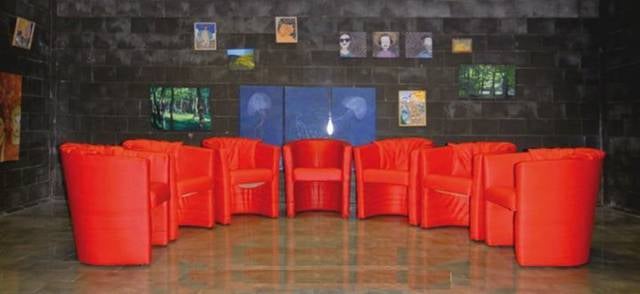
Theater, Concerts and shows, Museum, Art gallery
Address: Martinstr. 3, 55411 Bingen am Rhein
Raab Karcher-Laufkran
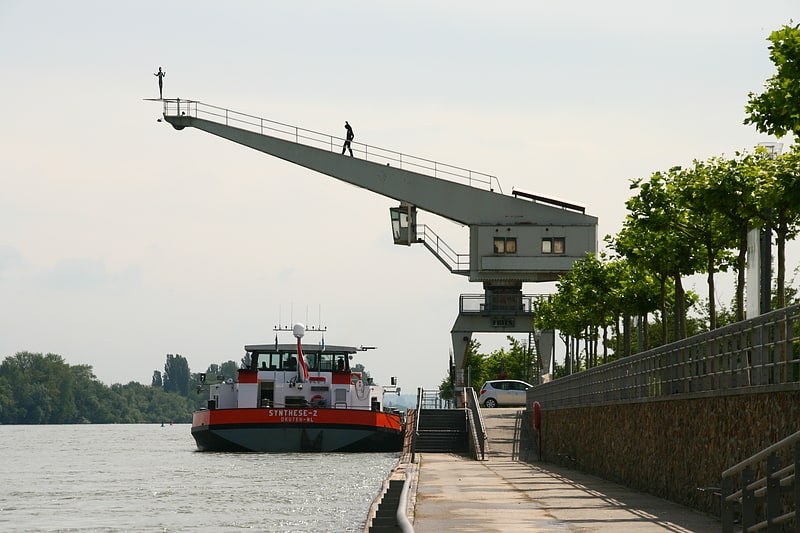
Monuments and statues